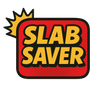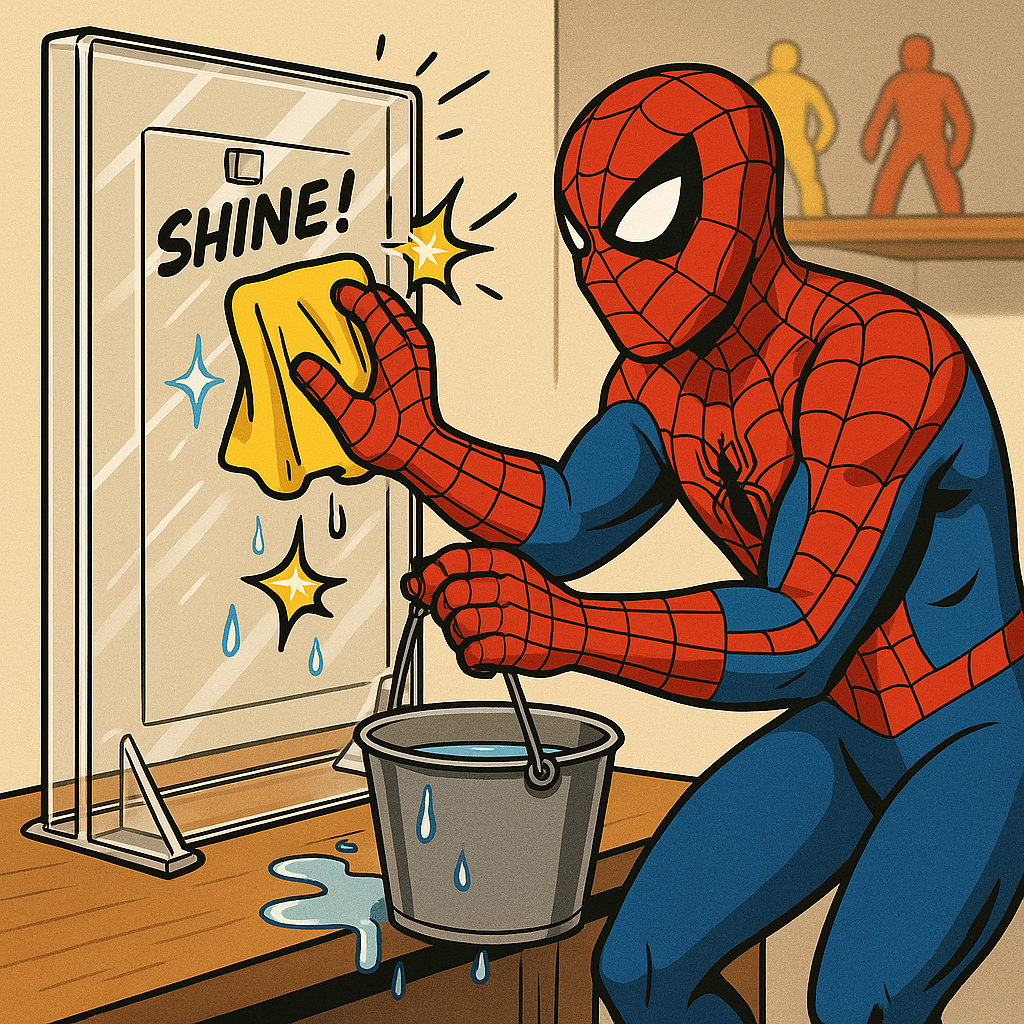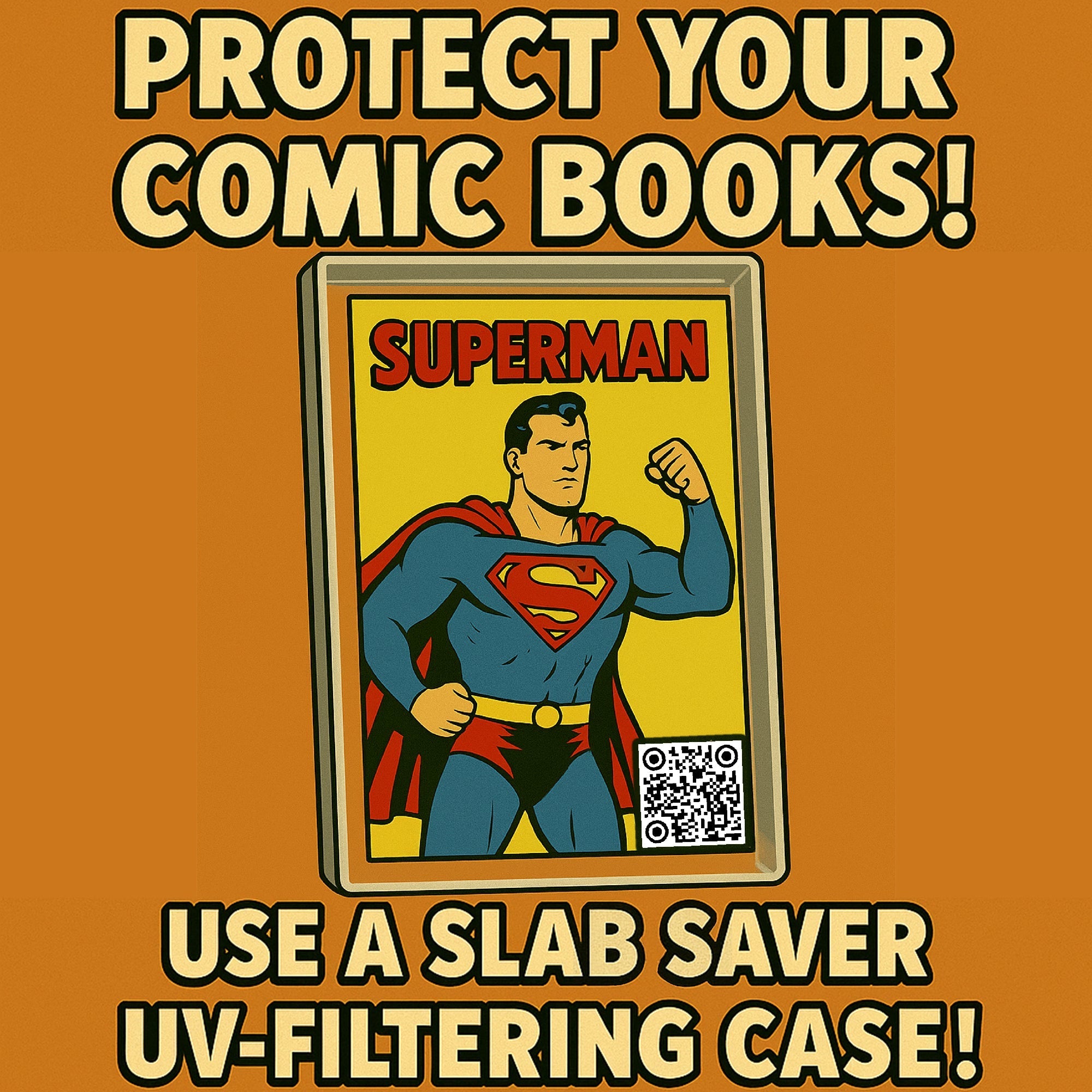How Comic Book Grades Are Determined (CGC, CBCS, and now PSA)
Third-party grading turns a comic’s condition into a trusted number, sealed in a tamper-evident case so buyers and sellers can trade with confidence. For years, CGC and CBCS have been the big names. In 2025, PSA officially joined them and now grades comic books and magazines, making it the third major option for slabs. (Professional Sports Authenticator (PSA))
The 10-Point Scale (what the number means)
All three firms use the hobby-standard 0.5–10 scale (with familiar anchors like 9.8 NM/M). High level:
-
0.5 Poor (PR) – incomplete/heavily damaged
-
1.0–4.0 (FR–VG) – major wear, tears, writing, detached staples
-
5.0–6.5 (VG/FN–FN+) – clearly read, moderate wear
-
7.0–8.5 (FN/VF–VF+) – attractive with minor issues
-
9.0–9.6 – sharp copies with tiny defects
-
9.8 – “gem” for most moderns; minute flaws only
-
9.9–10.0 – essentially perfect; extremely rare
CGC and CBCS publish their grading scales and page-quality/restoration guidance openly; PSA aligns to the same 10-point convention for comics. (CGC Comics)
What graders actually look for
Grading is holistic—type, size, location, and count of defects all matter, and defects compound.
Cover & spine
-
Color-breaking vs. non-breaking spine ticks; number and length
-
Creases/bends/folds, edge wear, corner blunting, “Marvel chipping”
-
Staples: stress, rust, migration, or detachment
-
Gloss & color: fading, sun shadow; surface scuffs/impressions
Interior
-
Page tone (“White” → “Brittle”) and uniformity
-
Tears/chips, detached centerfold, missing pages/coupons (e.g., MVS)
Stains, writing, stamps
-
Water/oil stains, tape residue, foxing
-
Pencil/pen/date or arrival stamps (penalized unless part of a witnessed/verified signature program—see labels below)
Manufacturing quirks
-
Printer’s creases, miswraps, small bindery tears, off-center cuts (tolerated more than post-print damage, but still cap top grades)
The submission journey (typical flow)
-
Screening & optional clean/press
-
Dry cleaning lifts loose surface dirt; pressing (heat/humidity + pressure) can remove non-breaking waves/indentations. Color-breaking defects and deep stains won’t disappear.
-
-
Intake & verification
-
The company logs the book, confirms the issue/variant, and screens for restoration.
-
-
Multi-grader review
-
Two or more graders examine the book; a finalizer reconciles to one numeric grade.
-
-
Labeling & notes
-
Numeric grade + page quality and key notations. Grader’s notes are provided by policy (availability varies by company and submission tier).
-
-
Encapsulation (“slabbing”)
-
The book is sealed in a hard holder with a certification label. (Holders offer UV and handling protection, but be mindful of light exposure when displaying.)
-
Label types & how they affect value
-
Universal – No restoration; complete; no unwitnessed writing.
-
Signature –
-
CGC Signature Series requires witnessed signatures to avoid the “writing” penalty.
-
CBCS offers Verified Signature for many unwitnessed autographs via third-party authentication, allowing a signature label without downgrading for “writing.” (CBCS Collectibles)
-
-
Qualified – Otherwise high grade but with a specific problem (e.g., missing coupon) called out.
-
Restored – Color touch, piece fill, trimming, tear seals with foreign material, re-glossing, etc.
-
Conserved – Stabilization without adding foreign material (less punitive than restoration, still distinct from Universal).
Company-by-company nuances
CGC (Certified Guaranty Company)
-
Market presence: largest share; deep census data.
-
Scale & references: publishes detailed guides for standard grades, page tone, and restoration tiers. (CGC Comics)
CBCS
-
Signature flexibility: Verified Signature Program authenticates many existing autographs without a witness (popular for older signed books). (CBCS Collectibles)
-
Grading scale: same 10-point framework with public definitions and examples. (CBCS Collectibles)
PSA (now grading comics & magazines)
-
Launch & scope: PSA opened comic/mag grading submissions July 14, 2025, online and at select in-person drop-offs. (Professional Sports Authenticator (PSA))
-
Included with every service level: Premium imaging and grader notes, with no handling fees (per PSA’s service page). (Professional Sports Authenticator (PSA))
-
Accepted sizes (standard books): up to 8.65″ × 11.65″ × 0.3″. (Professional Sports Authenticator (PSA))
-
Context: PSA announced the expansion in 2024 and went live in 2025, bringing its large authentication infrastructure to comics. (Cllct)
Defects that move the needle most
-
Missing content (panels/pages/coupons) → steep downgrade; may be “Qualified” if otherwise sharp.
-
Detached cover or centerfold → large deduction; both staples detached is worse.
-
Long color-breaking creases → cap grades early.
-
Stains (front cover or interior) → persistent; cleaning rarely fixes deep staining.
-
High-grade spine stress → a handful of tiny color-breaks can block 9.8.
-
Brittle/tanned pages → ceiling on grade regardless of exterior.
Practical pre-submission tips
-
Use strong, angled light to reveal impressions and micro-ticks.
-
Triage for pressing/cleaning: great for non-breaking bends and surface dirt; won’t fix color breaks.
-
Check page tone (White vs Cream/Tan). Storage and UV exposure matter for long-term preservation.
-
Decide on signature strategy: CGC witness vs. CBCS verification; if you already have an unwitnessed signature, CBCS verification can be appealing. (CBCS Collectibles)
-
Choose the right service level based on declared value and turnaround; factor in insurance and shipping both ways.
Why two similar copies get different grades
Tiny differences compound:
-
2 color-breaking ticks vs 5
-
Slight staple stress vs centerfold nearly detached
-
Page tone (White vs Off-White/Cream)
-
Well-executed press vs unpressable defects
-
Light manufacturing quirks (miswrap, bindery tears) that limit top grades
At the top end, the difference between 9.6 and 9.8 can be microscopic—but meaningful.
Bottom line
-
CGC and CBCS have long defined the standard; PSA now grades comics and magazines as of July 14, 2025, with grader notes and premium imaging included. (Professional Sports Authenticator (PSA))
-
The 10-point scale is shared across companies, but execution—label types, signature handling, and policies—differs slightly. (CGC Comics)
-
Your best results come from careful screening, appropriate pressing/cleaning, and picking the right label path (witnessed vs verified signatures, universal vs qualified/restored).



